Central Mass Lyme disease prevention is critical, and that is not figurative language. Literally critical – urgent – dire!
May is a beautiful time of year in Central Mass, and with the warm weather folks begin to spend more time outdoors with their families. We begin to work in the yard, host cook-outs, and spend mild evenings relaxing on our back patios. Many across the U.S. get moving for the cause of Lyme disease. 5K runs in the name of Lyme? Yes, it’s that important! Why? See the trailer below for the critically acclaimed documentary, Under Our Skin!
See more about Under Our Skin.
In honor of Lyme Disease Awareness Month, I would like to cover some important aspects of Lyme.
Lyme Disease Symptoms
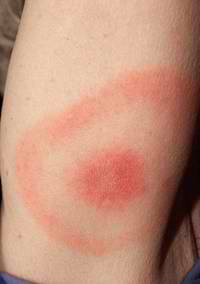
An estimated 30% to 80% of Lyme patients will develop a rash related to the disease. The bullseye rash is most commonly associated, but did you know that other rashes can be associated with Lyme? Did you know that some patients don’t develop a rash at all? In a CDC report, more than 40% of Lyme Carditis patients did not have Lyme related rash. Early symptoms include: fever, chills, nausea, sweating, and joint pain.
Read about 3 steps to determine your Lyme disease risk after you have been bitten by a tick.
Children and Lyme

Detecting Lyme disease in your child might be difficult, as symptoms can present behaviorally, without a prevalence of sickness symptoms. Children with Lyme can have insomnia, difficulty communicating thoughts, fatigue, short attention span, and severe mood swings. Because children as susceptible to tick bites, it is essential that you hire a licensed tick control company to spray your yard, your child’s playground. Check your child each day for ticks or tick bites, and if you find evidence of either, follow these tick removal instructions, and be vigilant in watching for symptoms, including those mentioned above.
Pets and Lyme
Your pets are also extremely susceptible to ticks and tick bites. They too, can get Lyme disease. In addition to tick protection for your yard, please check your dogs, cats, and horses for ticks regularly, and watch for symptoms, such as lethargy, and unexplained limping.
Check out this video to learn how to properly check your pet for ticks.

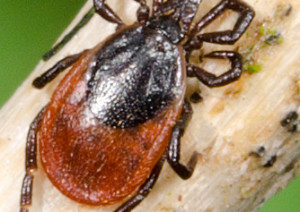
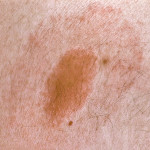
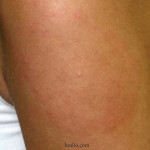




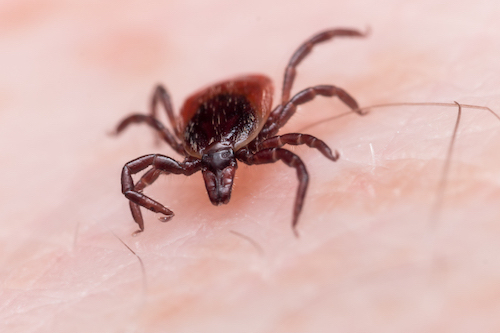
 Where would repair people, mechanics and homeowners be without this 11th Wonder of the Fix-it World? Well, there’s yet another use for it when it comes to ticks. Before ticks become attached to your skin or your dog’s skin, tear off a piece of duct tape and “stick it to them”. Blotting up any ticks on the skin removes the tick and prevents them from becoming lost before you can throw them out. Use a big enough piece of tape to fold it over the tick after removing it and seal them inside. When you’re done, throw the tape in the trash. How easy is that?
Where would repair people, mechanics and homeowners be without this 11th Wonder of the Fix-it World? Well, there’s yet another use for it when it comes to ticks. Before ticks become attached to your skin or your dog’s skin, tear off a piece of duct tape and “stick it to them”. Blotting up any ticks on the skin removes the tick and prevents them from becoming lost before you can throw them out. Use a big enough piece of tape to fold it over the tick after removing it and seal them inside. When you’re done, throw the tape in the trash. How easy is that? It’s OK; this one isn’t as bad as it sounds. Since you have some privacy and your pants and lower garments are off it’s easy to spot any ticks on your skin. Ticks like to hang out for a free meal in grassy and brushy areas. They climb to a height anywhere from our ankles to knees. They dry out quickly in the heat and sun so they try to find shade ASAP. When they find you, that shade is under your clothes and not outside the fabric. Once they get near your skin, they begin looking for places where the skin is thin and where the biggest blood supply can be found. That is usually in the creases and folds of our skin, such as your waist and groin area.
It’s OK; this one isn’t as bad as it sounds. Since you have some privacy and your pants and lower garments are off it’s easy to spot any ticks on your skin. Ticks like to hang out for a free meal in grassy and brushy areas. They climb to a height anywhere from our ankles to knees. They dry out quickly in the heat and sun so they try to find shade ASAP. When they find you, that shade is under your clothes and not outside the fabric. Once they get near your skin, they begin looking for places where the skin is thin and where the biggest blood supply can be found. That is usually in the creases and folds of our skin, such as your waist and groin area.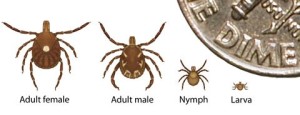
 Hard ticks and soft ticks all need moisture, especially hard ticks like deer ticks. Other soft ticks take a bit longer to dry out. So tip #3 is to put the clothes you wore outside in the dryer as soon as you come indoors. Do this before washing them. Ten minutes on high heat will dry out hard ticks and 15+ minutes will dry out the softer ones. Washing won’t destroy ticks, no matter how hot the water. Remember, they need moisture and are active in warm months so warmth and water are their two best friends. Very dry and hot are their worst nightmare. Once your clothes are finished in the dryer, wash them knowing you won’t be releasing any ticks into your closets or clothes hamper.
Hard ticks and soft ticks all need moisture, especially hard ticks like deer ticks. Other soft ticks take a bit longer to dry out. So tip #3 is to put the clothes you wore outside in the dryer as soon as you come indoors. Do this before washing them. Ten minutes on high heat will dry out hard ticks and 15+ minutes will dry out the softer ones. Washing won’t destroy ticks, no matter how hot the water. Remember, they need moisture and are active in warm months so warmth and water are their two best friends. Very dry and hot are their worst nightmare. Once your clothes are finished in the dryer, wash them knowing you won’t be releasing any ticks into your closets or clothes hamper.